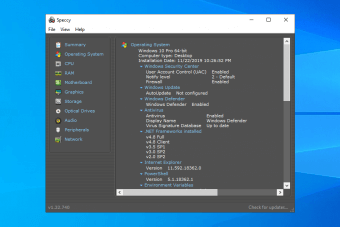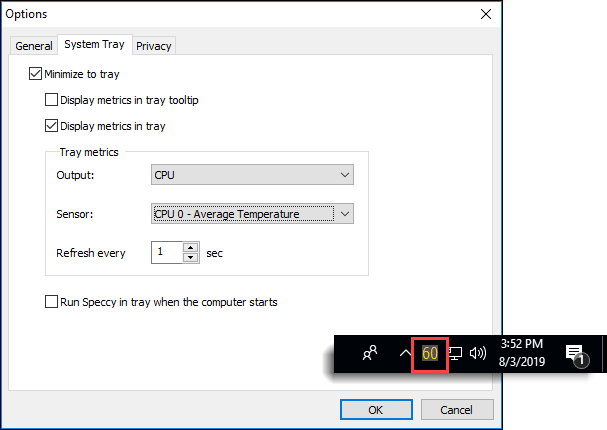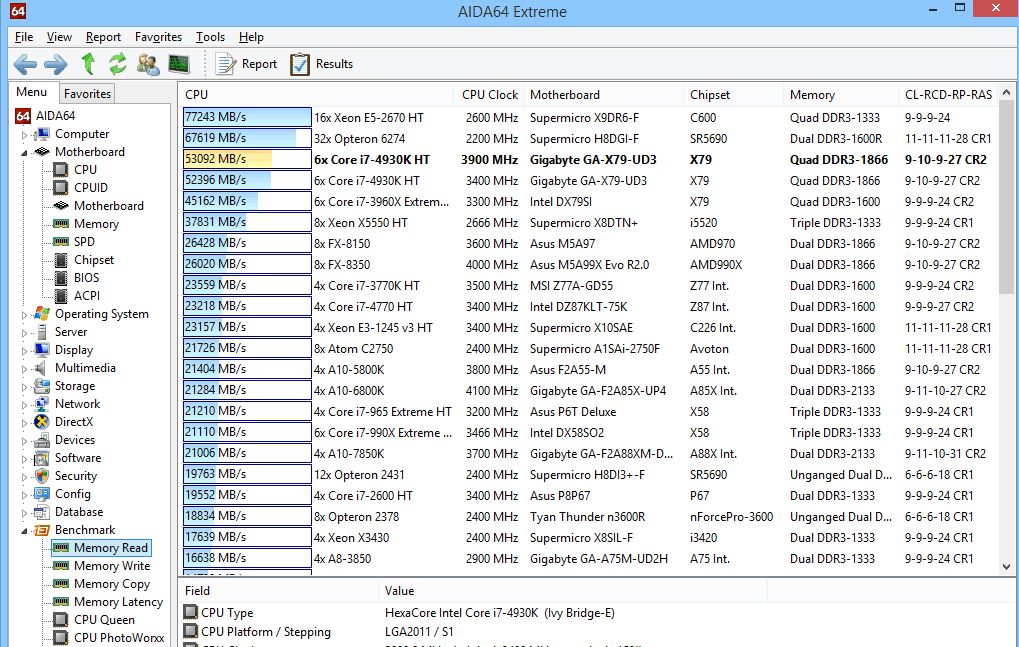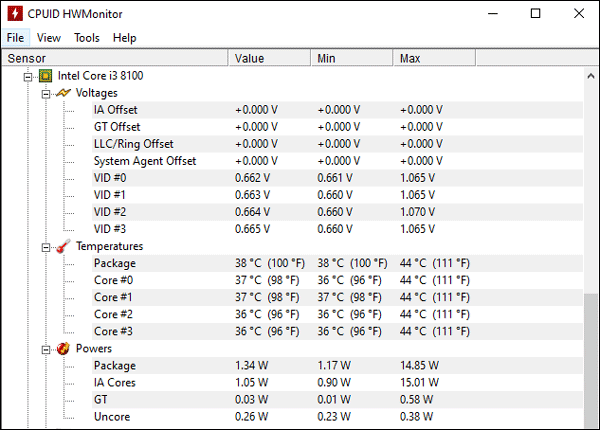
Liquid coolers use small shrouds to attach to the CPU. This is the most common setup and is also why you’ll hear the fan running harder with increased CPU usage. With air cooling, the heatsink with a fan is attached to the CPU using thermal paste.


It’s also beneficial to understand the difference between air cooling and liquid cooling, which are the two main ways CPUs are cooled. If you want to look into this more, see our guide on how to choose the right CPU cooler for your PC. If your CPU cooler/heatsink is out of date, then the reuse of this heat won’t be cooled down. The entire process is essentially reusing the same heat that was originally generated by the CPU. The possible problems may reside on the software or hardware side of your PC, so there’s quite a bit to get through. Once you’ve confirmed that you do indeed have an overheating CPU, then it’s time to try and identify what the cause could be. The Ryzen 5 2600X has a max temp of 95☌, so try to keep it below 65 to 75☌ to maintain its health. AMD is a little easier: just find the “Max Temps” specification on your processor’s product page. If you used this processor, you’ll want to make sure that it never goes above the 70 to 80☌ range. Then, as a general rule of thumb, try to keep the processor’s temperature 20 to 30☌ below that maximum at all times to ensure you’re not toeing the danger line.įor example, the Intel Core i5-9500 has a TJunction of 100C. You’re looking for a statistic called “TJunction” or “TJ Max.” This number is the absolute maximum it can take before problems arise. If you’re using an Intel CPU, search for the specifications of your processor. At this time, an average idle temperature around 30 to 40☌ should be fine. “Idle” is when you boot up the PC but don’t open anything, and the operating system isn’t doing other intensive things (such as Windows’ Superfetch process). Regardless of your processor model, ideal idle temperatures don’t differ too much.

A temperature of 80☌, for instance, can be shrugged off by some processors and seriously damage others. Different CPUs are built in different ways as such, they each have their limits as to how far you can push them. This is where things get a little complicated.

Linux fans can check their CPU temperature using the psensor tool. Mac users can grab Fanny, which doesn’t go into as much detail as Speccy but sits as a widget in your notification center for easy access to your CPU and fan stats.


 0 kommentar(er)
0 kommentar(er)
